11th Voice
11th Voice
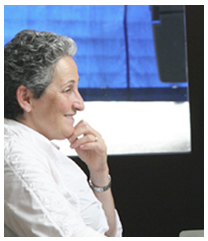 Julie Eizenberg is an astute observer and institutional iconoclast investigating and reshaping the way we think about the everyday conventional buildings. Eizenberg is a founding principal of Koning Eizenberg Architecture, established in Santa Monica, California, in 1981. The motto: When budgets don’t allow for air-conditioning, cross-ventilation is designed and instead of surveillance cameras, open vistas enhance security, comfort, and community. Their affordable housing projects have redefined the medium by demonstrating that even the humblest shelter, designed for the most financially distressed citizens, can contain a touch of the spiritual at places like Ocean Park 12, Boyd Hotel, and Simone Hotel, the first new SRO hotel built in Los Angeles in thirty years. They have taken small budgets and crafted spaces with dignity and a sense of place.
Julie Eizenberg is an astute observer and institutional iconoclast investigating and reshaping the way we think about the everyday conventional buildings. Eizenberg is a founding principal of Koning Eizenberg Architecture, established in Santa Monica, California, in 1981. The motto: When budgets don’t allow for air-conditioning, cross-ventilation is designed and instead of surveillance cameras, open vistas enhance security, comfort, and community. Their affordable housing projects have redefined the medium by demonstrating that even the humblest shelter, designed for the most financially distressed citizens, can contain a touch of the spiritual at places like Ocean Park 12, Boyd Hotel, and Simone Hotel, the first new SRO hotel built in Los Angeles in thirty years. They have taken small budgets and crafted spaces with dignity and a sense of place.
Australian born, Eizenberg teaches and lectures around the world, is a frequent advisor to the U.S. Mayor’s Institute on City Design and has recently completed a book titled Architecture Isn’t Just for Special Occasions. She received her MArch from University of California Los Angeles, 1980.


 Julie Eizenberg
Julie Eizenberg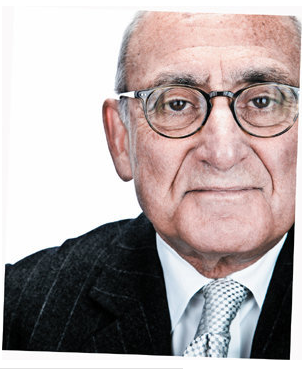

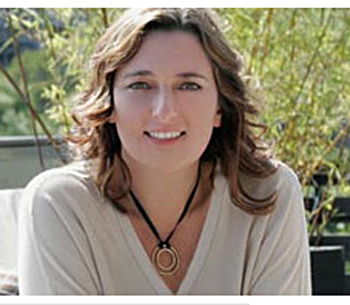
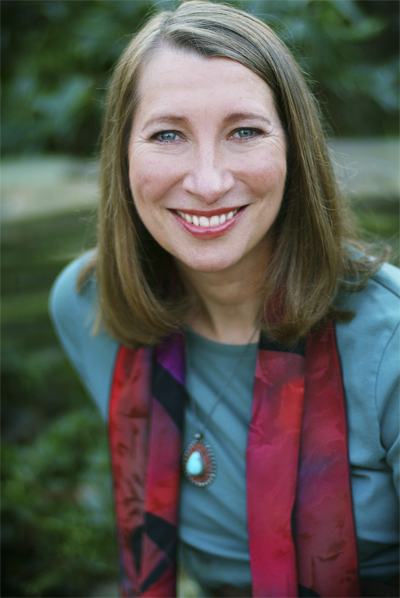
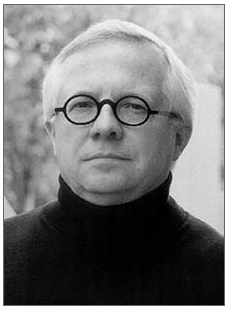
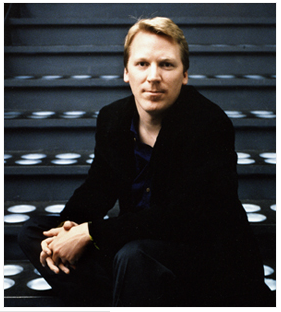
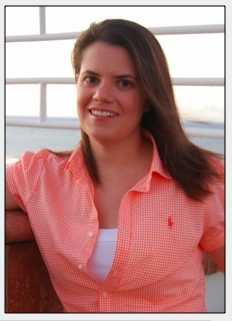
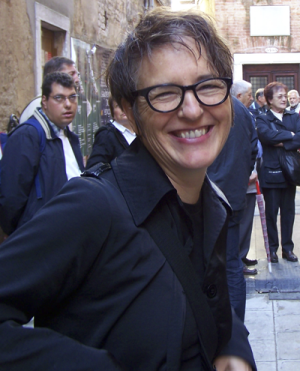
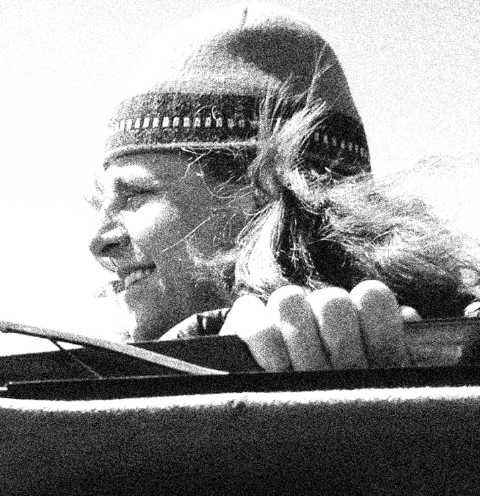
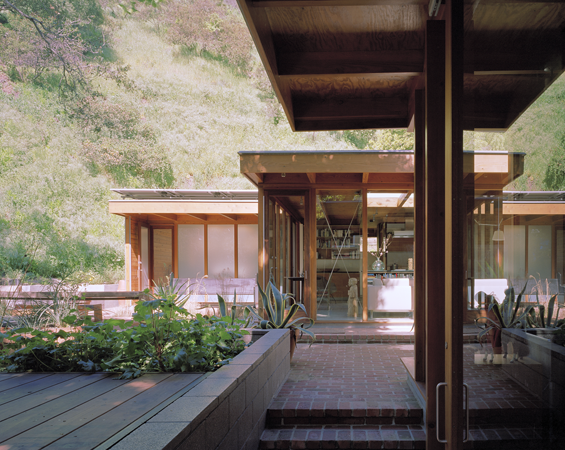
 © American Homes |
© American Homes |